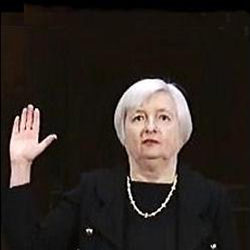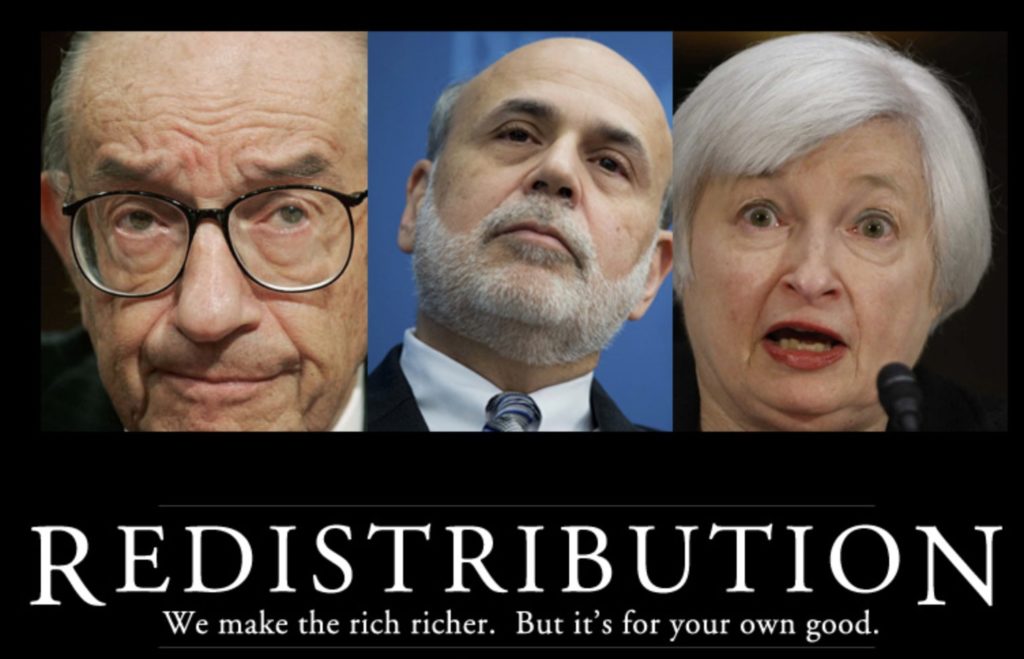Re: Flying Down to Brazil
Property in the southern USA is still attractively priced compared to much of Canada (compare the cost of a Muskoka cottage in Ontario against some of the ocean access properties in Florida). What isn't attractively priced any more is the Loonie to Greenback exchange.
http://www.muskokacottagesforsale.co...20Listings.htm
Originally posted by don
View Post
Originally posted by GRG55
View Post
http://www.muskokacottagesforsale.co...20Listings.htm




Comment